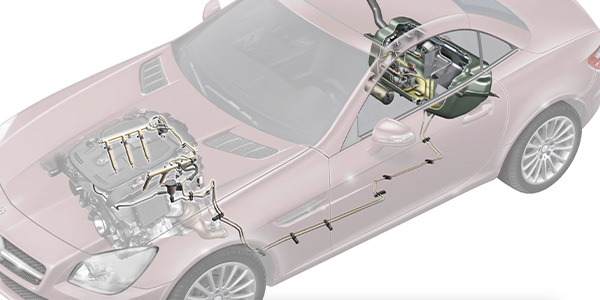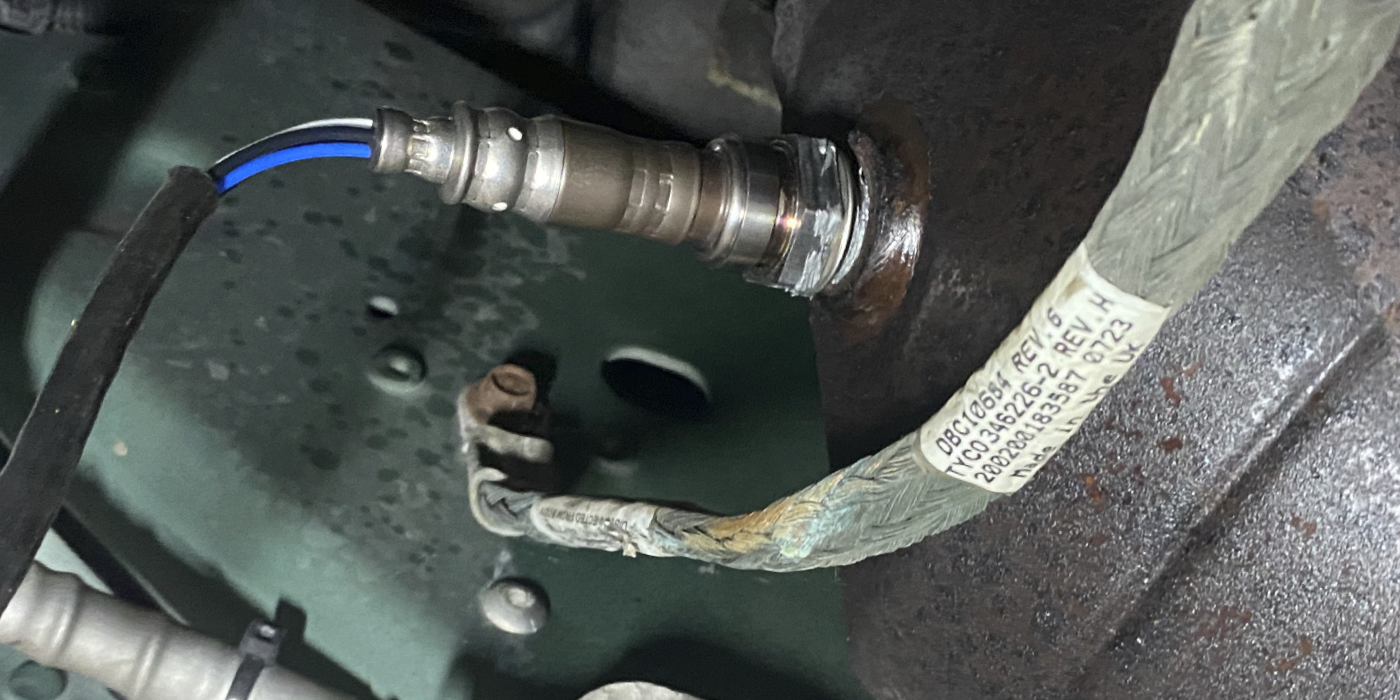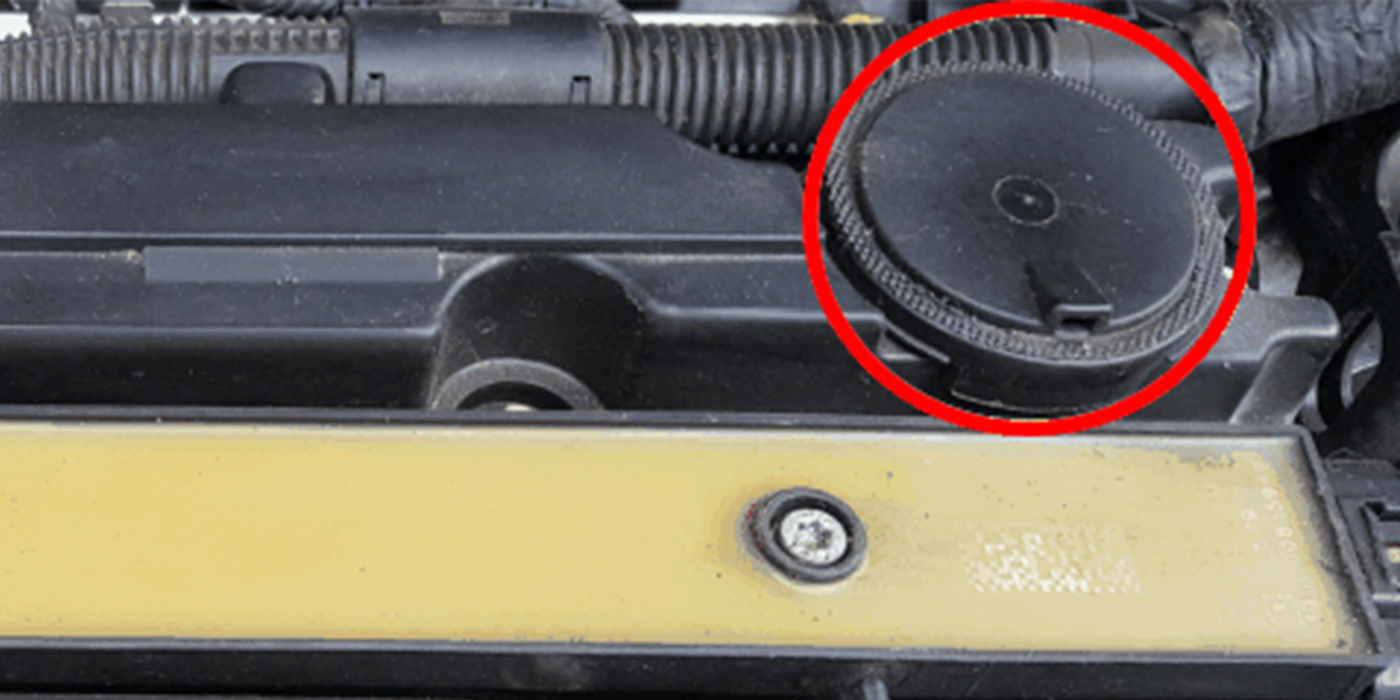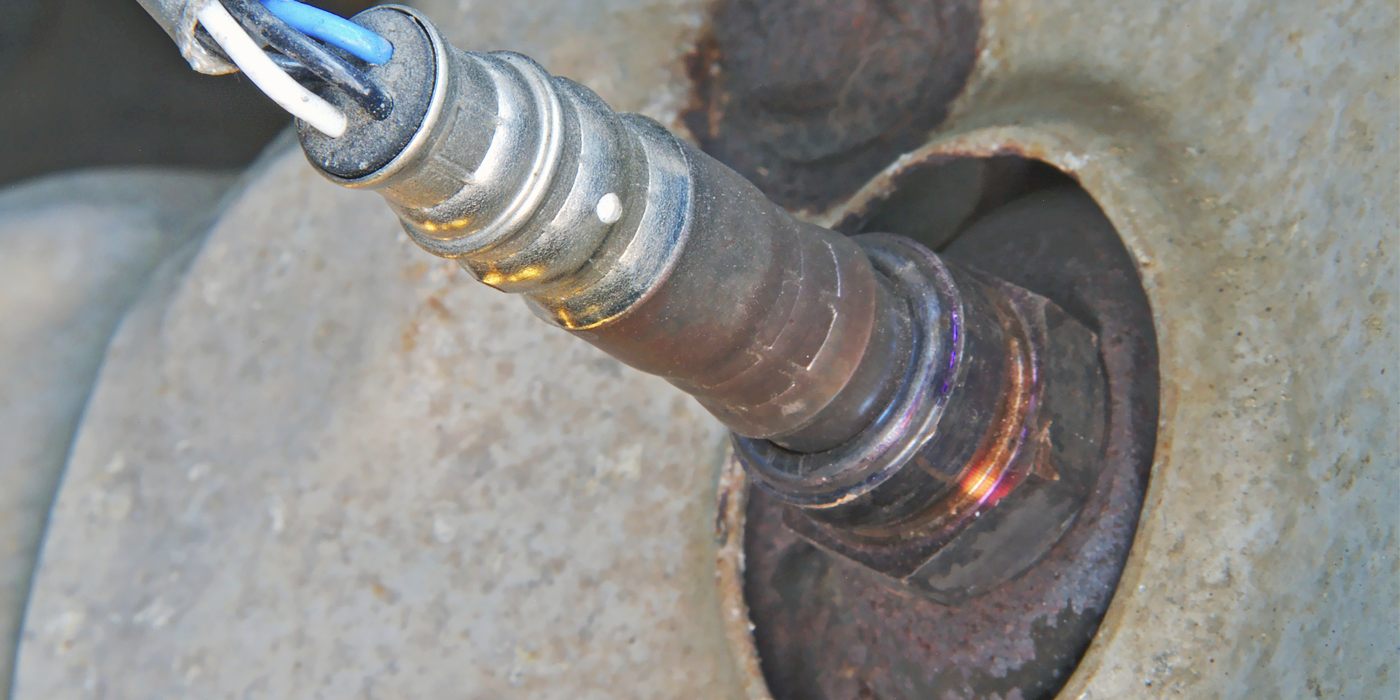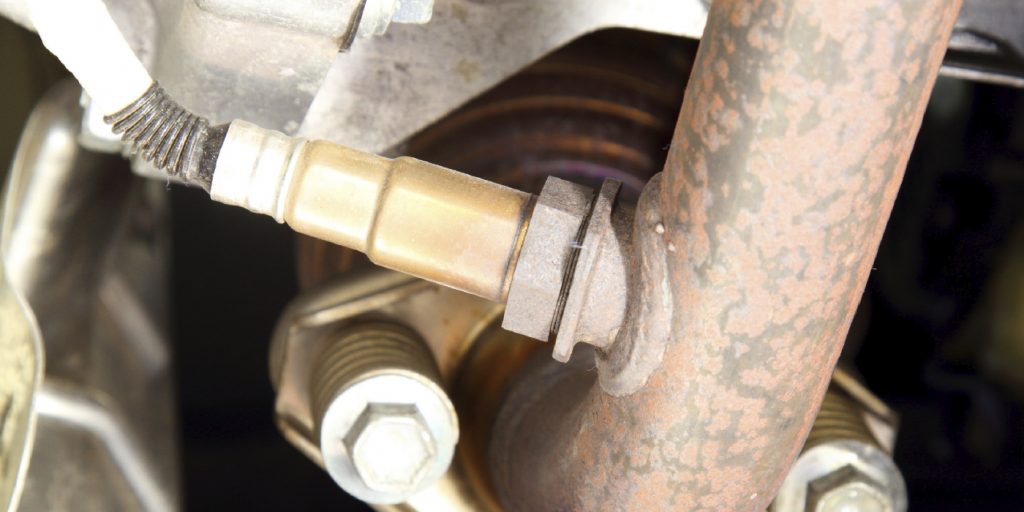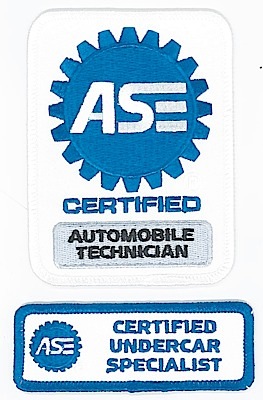
Are you one of the 7,570 technicians who are ASE-Certified Undercar Specialists? If not, you should be. I recently took the X1 Exhaust Test to qualify as an Undercar Specialist. To gain this certification you must be concurrently certified for Suspension & Steering (A4) and Brakes (A5) from the Automobile & Light Truck Test Series, and Exhaust Systems (X1) from the Specialty Test Series.
The test covers everything from the exhaust port back and all the emissions systems in between. This includes oxygen sensors, turbochargers and air injection systems. The test also includes questions on exhaust system fabrication and the tools required. A lot of the emissions questions appear to come from the A8 Engine Performance Test. This is not an easy test.
Here are my top tips for passing the test:
1. Air injection systems: Know how check valves and reed valves work on aspirated systems and how a malfunctioning valve can change exhaust temperatures and emissions. Many of the questions are of the “what can cause” and “what is the most likely cause” variety. Some of the questions will give scenarios where one of the reed or poppit valves are stuck either open or closed. Also, make sure you understand how a leak in the system can change emissions.
2. Acetylene torches: Make sure you are adjusting the regulator and valves in the right sequence and following all recommended procedures. There are a few great videos on the Internet discussing the topic. Also, polish up on your gas welding and brazing.
3. MIG & TIG welding: Know your metals and what MIG and TIG welding methods are the best. Also know about basic welder controls like wire feed rates and volts.
4. Turbochargers: Know how the lubrication systems work and how to prime a newly installed unit. Study up on the symptoms of worn impeller shaft bearings and seals.
5. Catalytic converters: Know the law! Make sure you know the OEM and aftermarket EPA warranty times and conditions. Make sure that you know how long a shop has to keep the converter. You also have to know how to identify a California emissions-equipped vehicle.
6. Oxygen sensors: Learn about converter efficiency and how the emission monitors trip an efficiency code. Brush up on basic theory on how an oxygen sensor changes voltages. Also, make sure you know about reference air and pump cells.
7. Heat risers: This is one of the most annoying parts of the test. Make sure you understand how these prehistoric warm-up devices work. Most of all, know the failure modes when they either lose vacuum or spring tension. Younger technicians who have only worked on fuel injection systems may find the questions confusing. The typical question will give you scenarios where the vacuum hose has come off the valve, or the bi-metal spring is no longer working.
8. EGR valves: To pass this test you have to understand the drivability characteristics of an open, partially open or inoperative EGR valve. You need to understand how different throttle positions can cause different symptoms.
I take great pride in being one of the 7,570 ASE-Certified Undercar Specialists. For any undercar shop that specializes in brake, chassis or exhaust work, having a specialist on staff should be a great selling point with customers.
The Experience
Some people have made a big flap over the check-in procedures at the test centers, calling them over the top or that they make you feel like a criminal. I had to place my belongings in a locker, turn my pockets out and had a metal detector waved over my body. And the sock inspection was strange. Talking with some technicians, experiences can vary according to the attitude of the person conducting the check-in procedures.
ASE’s testing contractor, Prometric testing centers, performs testing for a number of vocations that make life and death decisions. ASE test takers are treated no different than people taking civil service, medical or CPA exams. It’s just standard procedure. Just imagine your accountant, nurse or lawyer having to do the same thing.
My experience was favorable and the administrators at the test center were polite.
This was my first time using the new computer-based format. Below is a short review of the testing experience for those who are getting ready to certify or recertify. Even though I registered the last possible day for testing, I was still able to set up a test time on a Saturday at 1:30 p.m. with no problems at all. The testing center was in a strip mall about five miles from my home — very convenient.
The Test Environment
Once you’ve been checked in, the administrator will walk you into a room with up to 30 people taking tests. You will sit in a cubical with a computer and scratch paper and they will provide you with headphones to help block out the noise.
The testing program is easy to navigate and displays the remaining time you have to complete the tests. If you complete a test early, you can move on to the next test. You can flag questions to review later. I had no technical issues.
The Tests
I took three recertification exams and two new certification exams. I couldn’t find any questions that were biased against imports or domestics. Just about all of the questions could be rationalized quickly if you have working knowledge of the system in question.
Very few questions actually required knowing a specific value or number like the voltage of a dead battery or bad sensor, however, it does favor the more experienced diagnostic technician.
It might just be me, but it felt like there were fewer technician A and B questions on the test this time around.
My tactic was to answer all the questions quickly and flag questions I was not sure about or the wording was tricky. Then I used the remaining time to go back and review the questions. I was able to confidently finish each test with time to spare.
Post Test
After completing the five exams, I was given my results after leaving the testing room. This is a lot better than the old paper method.
Overall
There is no excuse not to take an ASE exam except if you live in an extremely rural area. Most testing centers can accommodate difficult schedules. The websites work well and are extremely easy to navigate.
When I paid the $200+ fee to ASE, I questioned if it was really worth it. No one was going to stop me from working on cars if it expired, or take the old certificate off the wall. But, it would have gnawed at me if I let the certifications expire.
While the price for the tests may seem expensive at first, the certifications are good for five years. Also, you can’t put a price on your career.
How To Diagnose Slow or Sluggish Oxygen Sensors
When oxygen sensors are tested, manufacturers will introduce small amounts of oil to measure sensitivity.
An engine management system is always trying to find the perfect air/fuel ratio. But it is next to impossible to walk the line between too rich or too lean. With every revolution of the crankshaft, small changes in the air, fuel and operating conditions can cause changes to the oxygen content coming out of the exhaust port.
E-15 Ethanol Damage to Fuel Pumps
One of the problems with ethanol is how it reacts to water in the air and in the tank.
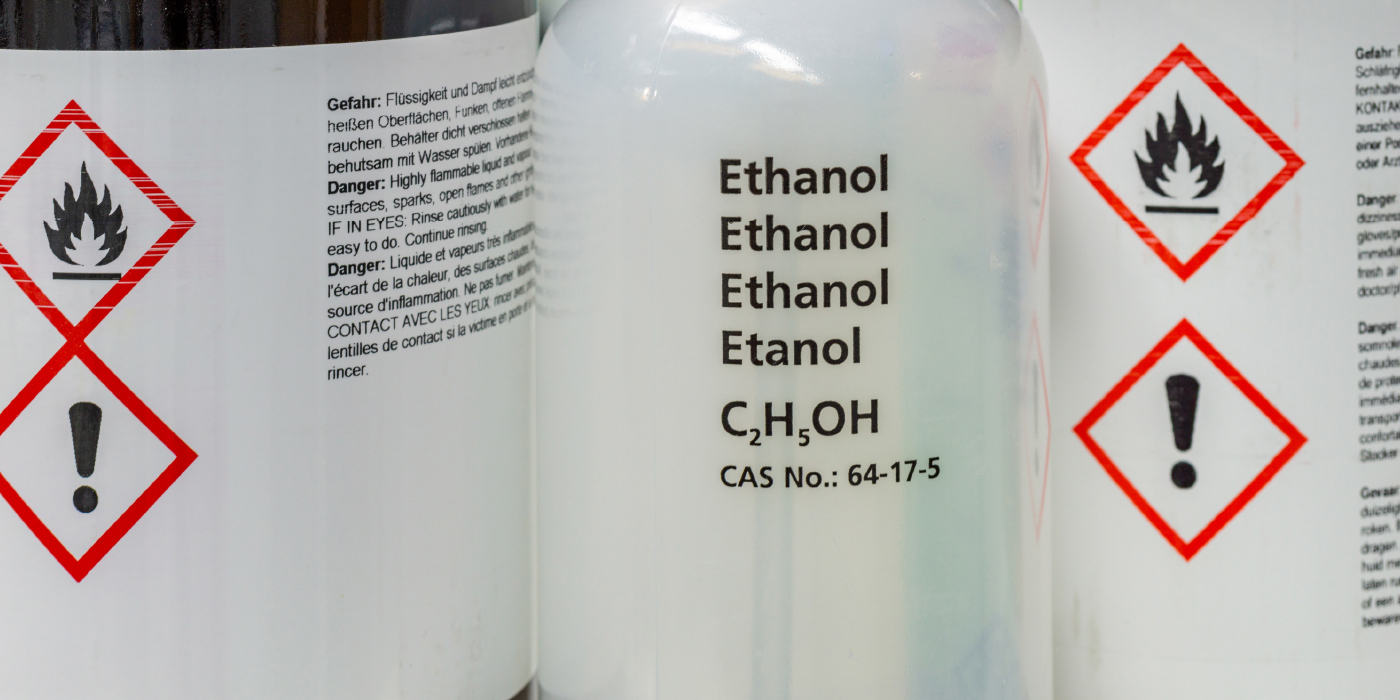
Oxygen Sensor Questions Answered
If an O2 sensor is not reading properly or is borderline, it should be replaced regardless of its age or mileage.

Managing (DPF) Diesel Particulate Filter Regeneration Cycles
The DPF is designed to store the soot and ash, to later burn them off during a regeneration cycle.
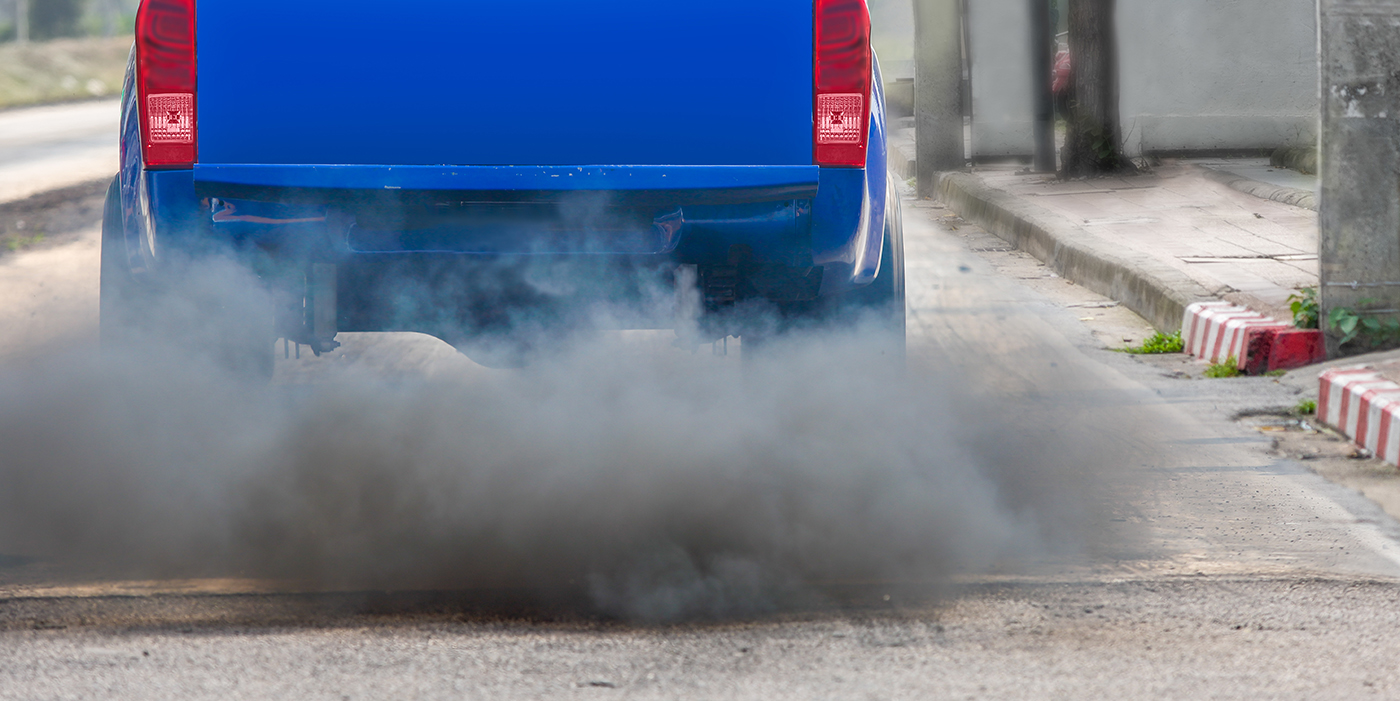
Ultimate Underhood – Gasoline Particulate Filters
Just like a DPF, a gasoline particulate filter (GPF) traps and stores soot particles in the exhaust stream.
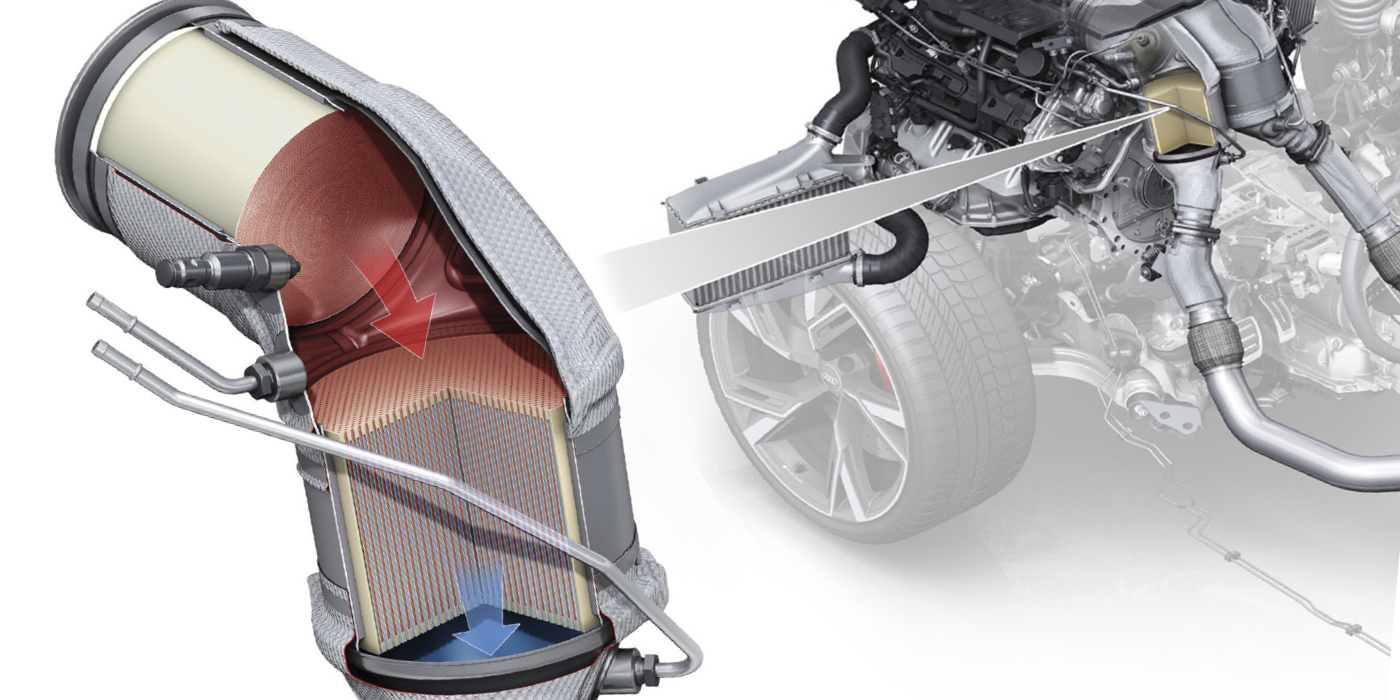
Other Posts
How-to Complete Emissions Monitors Faster
This video will focus on how a product like CAT COMPLETE can improve the chances of completing the monitors faster. This video is sponsored by Rislone.
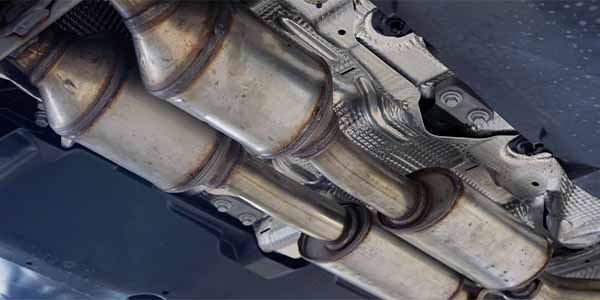
U.S. House Schedules Vote to Stop EPA Emissions Mandate
The bill would prohibit the EPA from finalizing federal emissions standards for light- and medium-duty vehicles model years ’27 to ’32.
Forecast: 80% Drop In U.S. Transportation Emissions By 2050
NREL says rapid adoption of zero-emission vehicles is critical to reduce emissions.
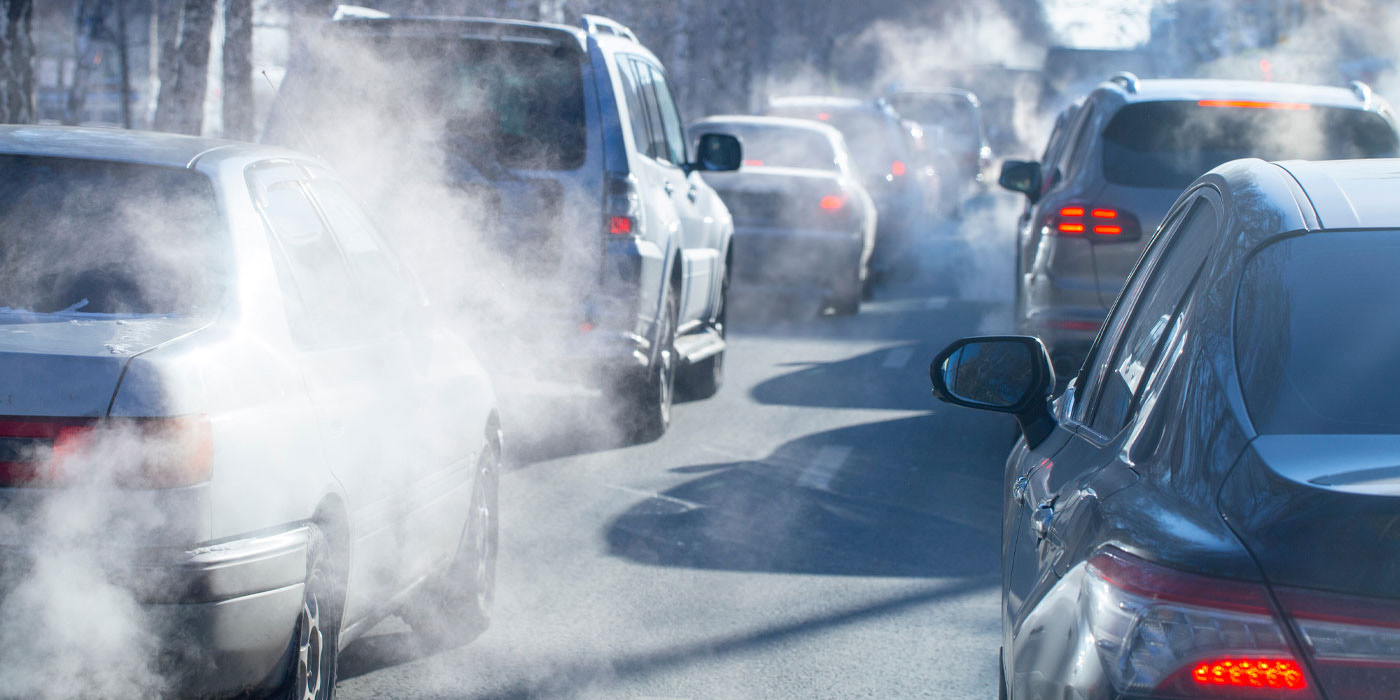
Understanding Emissions
Modern EVAP systems are selective with how they vent vapors back into the engine. Sponsored by Standard.
